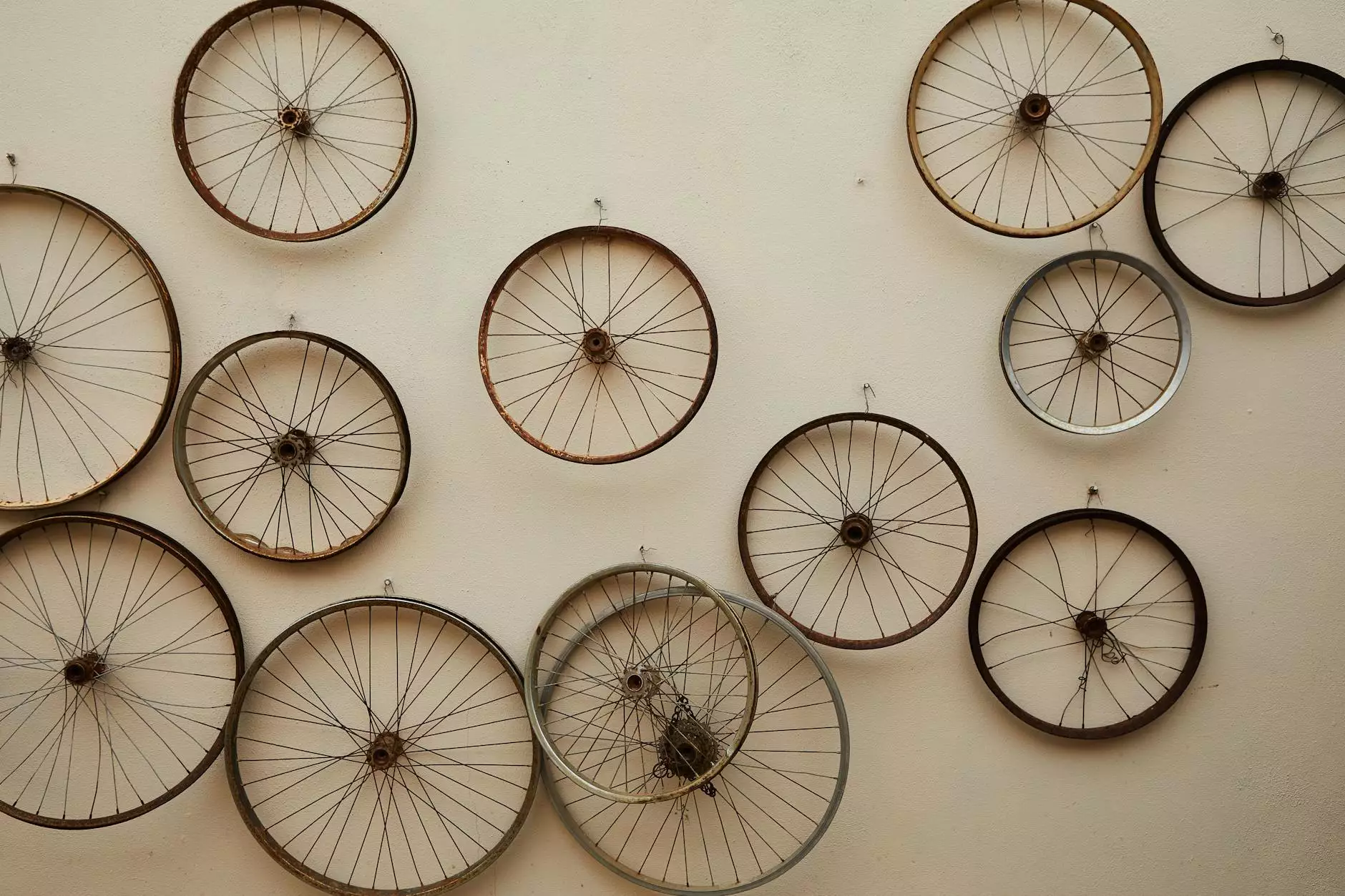Roof Decking / Sheathing: Types, Replacement, Tips & More
Roofing
Welcome to Bio-One Atlanta's Learning Center, your ultimate resource for all things related to roof decking and sheathing. In this comprehensive guide, we'll delve deep into the subject, exploring different types of roof decking, the importance of proper sheathing, replacement considerations, critical tips, and much more.
Types of Roof Decking
Roof decking is an essential component of any roofing system. It serves as the structural foundation for the roof, providing support and stability. There are various types of roof decking available, such as:
- Plywood: Plywood is one of the most common types of roof decking materials. It consists of several layers of wood veneers that are glued together, offering strength and durability.
- Oriented Strand Board (OSB): OSB is another popular option for roof decking. It is made from strands of wood that are compressed and bonded together with adhesive, providing excellent structural integrity.
- Wood Planks: Traditional wood planks were commonly used in older homes. They offer a natural aesthetic but may require additional maintenance and insulation measures.
- Metal Decking: Metal decking, typically made of steel, is commonly used in commercial and industrial buildings. It offers exceptional load-bearing capabilities and is resistant to fire and pests.
The Importance of Proper Sheathing
Sheathing is a crucial component of the roof decking system. It is an additional layer placed on top of the decking, providing additional strength, stability, and weatherproofing. Proper sheathing offers several benefits:
- Improved Structural Integrity: Sheathing enhances the overall strength and rigidity of the roof, ensuring it can withstand heavy loads and extreme weather conditions.
- Enhanced Moisture Protection: Properly installed sheathing acts as a moisture barrier, preventing water infiltration and reducing the risk of mold and rot.
- Increased Energy Efficiency: High-quality sheathing materials with adequate insulation properties can improve energy efficiency by reducing heat transfer and maintaining a stable indoor temperature.
Roof Decking Replacement Considerations
Over time, roof decking may deteriorate due to age, weather exposure, or other factors. Knowing when to replace your roof decking is essential to maintain the integrity of your roof and prevent further damage. Consider these factors when evaluating the need for replacement:
- Visible Damage: Inspect your roof for any visible signs of damage, such as sagging, rot, or water stains on the ceiling.
- Leakage or Water Infiltration: If you notice recurring leaks or water infiltration, it could be an indication of compromised roof decking.
- Insect or Pest Infestation: Termites and other pests can cause significant damage to roof decking. Look for signs of infestation, such as wood debris or insect presence.
- Aging and Wear: Consider the age of your roof decking. Most materials have a limited lifespan, and if your decking is significantly deteriorated, replacement may be necessary.
Essential Tips for Roof Decking and Sheathing
Here are some valuable tips to ensure optimal performance and longevity of your roof decking and sheathing:
1. Regular Inspections
Perform routine inspections to identify any potential issues at an early stage. Look for signs of damage, water penetration, or worn-out sheathing materials.
2. Proper Ventilation
Adequate ventilation is vital for the health of your roof and decking. It helps prevent moisture buildup, reducing the risk of rot and mold growth. Ensure proper airflow through the installation of vents and ridge vents.
3. Professional Installation
For best results, always hire qualified professionals, like Bio-One Atlanta, to handle your roof decking and sheathing installation or replacement. They have the expertise, tools, and experience to ensure a sturdy and reliable roofing system.
4. Maintain Gutters and Downspouts
Regularly clean and inspect your gutters and downspouts to prevent clogging and water backup. Proper drainage is crucial in protecting the integrity of your roof decking and sheathing.
5. Choose High-Quality Materials
Invest in high-quality roof decking and sheathing materials to ensure long-lasting performance. Quality materials offer superior durability, better insulation properties, and increased resistance to weather conditions.
By following these tips and guidelines, you can enhance the durability, functionality, and longevity of your roof decking and sheathing, ensuring a secure and beautiful roof for years to come.
Trust Bio-One Atlanta, the industry leader in business and consumer services - cleaning, to provide you with top-notch expertise in roof decking and sheathing. Contact us today for all your roof decking needs!










